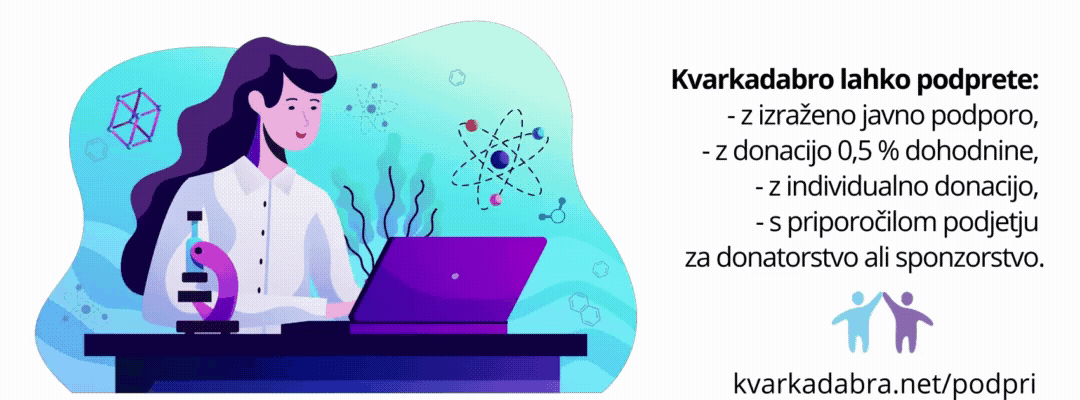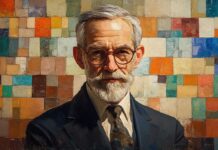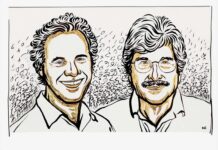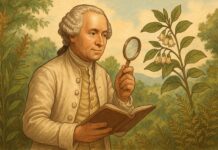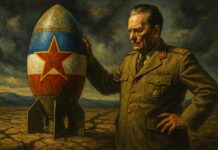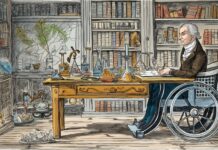Dobitniki nobelove nagrade za fiziologijo ali medicine 2014 so John O’Keefe (1/2) in zakonski par May-Britt Moser in Edvard I. Moser (1/2) za odkritje celic, ki tvorijo sistem prostorskega pozicioniranja v možganih. Prav neverjetno je, da ima Nature o paru Moser in njunem delu že objavljen daljši članek Neuroscience: Brains of Norway. Vredno branja.
O zasebnem življenju:
The Mosers grew up on different Norwegian islands in the North Atlantic, where summer days seem eternal and the long winter nights are brightened only by the dancing Northern Lights. They were both from non-academic families and they went to the same school. But they didn’t get to know each other until 1983, when both were at the University of Oslo, both were wondering what to study and both were starting to realize that their true passion was for neuroscience and the brain.
Suddenly, everything sparked: romance between the two of them, intellectual curiosity and the beginnings of their mission in life — to find out how the brain generates behaviour. The Mosers visited one of the university’s more famous faculty members, electrophysiologist Per Andersen, and asked to do their undergraduate projects with him. Andersen was studying the activity of neurons in the hippocampus — a brain area associated with memory — and the two students wanted to try to link this precise activity of cells with the behaviour of animals. Andersen, like most neuroscientists at the time, was sceptical about making such a big leap across the black box of the brain. But the pair wouldn’t leave his office until he gave in and offered them an apparently simple project: how much of the hippocampus could you cut away before a rat could no longer remember new environments?
The pair had decided how their joint lives should be: children early, postdoc experience abroad and then their own lab together, somewhere in the world. These plans panned out — just a little faster than they had anticipated. Even before defending their PhDs, they accepted side-by-side postdocs in O’Keefe’s lab in London.
But in 1996, just a few months into their postdocs, the Mosers received a surprise offer of two associate professorships at the Norwegian University of Science and Technology in Trondheim. They weren’t sure about accepting: it would mean striking out alone, in a small university in a country isolated from the world’s major centres of research. “But the offer of two posts in the same place and in the same research area was too good to turn down,” Edvard says. They flew back home, by this time trailing a toddler and baby.
It wasn’t easy to get established in Trondheim. They had to build a lab from scratch in a small basement, and establish an animal facility too. But only a few years in, they were winning big grants from the European Commission and the Research Council of Norway. And by then, the results were coming through.
In o njunem delu
It took some months before it dawned on them that they needed the rats to run around bigger boxes, so that the pattern would be stretched out and easier to see. At that point, it came into view: a near-perfect hexagon lattice, like a honeycomb. At first they refused to believe it. Such simplicity and regularity was the last thing they had expected — biology is usually a lot messier than this. But one by one, the pair ruled out all other explanations — that the pattern was an artefact from their electronic equipment, for example — and then they began to understand how this part of the brain was working. There were no physical hexagons traced on the floor; the shapes were abstractly created in the rat’s brain and imposed on its environment, such that a single neuron fired whenever it crossed one of the points of the hexagon. The discovery was exciting for more than its pleasing pattern. This representation of space in brain-language was one of the long-sought codes by which the brain represents the world around us. “It was a long-drawn-out eureka moment,” recalls Edvard. The team published the discovery in Nature3 in 2005.

